Not all Americans are born equal.
Those differences between us, whether it is our racial or ethnic background, our income, our education, or our environment, have an impact on our health throughout our lifetimes.
In the United States, racial and ethnic minorities suffer more from preventable diseases and die earlier than White Americans. This difference is termed a health disparity, which is officially defined by the U.S. Department of Health and Human Services as “a particular type of health difference that is closely linked with social, economic, and/or environmental disadvantage.” (Healthy People 2020)
Health disparities have been around for a long time in the U.S. However, the sustained effort to eliminate them is relatively recent. The year 1985 saw one of the first serious efforts to bring attention to this issue. In that year, Margaret Heckler, Secretary of U.S. Department of Health and Human Services (DHHS), released the Secretary’s Task Force Report on Black and Minority Health, which documented the disparities between Whites and racial minorities, identified the gaps in our knowledge, and led to the development of the Office of Minority Health in DHHS.
Watch the Unnatural Causes video to learn more about health disparities in the U.S.
Source California Newsreel - http://www.unnaturalcauses.org
A United States Priority
Eliminating health disparities continues to be a priority for the U.S. Department of Health and Human Services, which released its Action Plan to Reduce Racial and Ethnic Disparities: A Nation Free of Disparities in Health and Health Care in April 2011. This plan provides a roadmap for the federal government’s programs, policies and partnerships as the nation seeks to eliminate racial and ethnic health disparities.
DIRECTIONS: Mouse over the map below to see examples of health disparities in the United States.

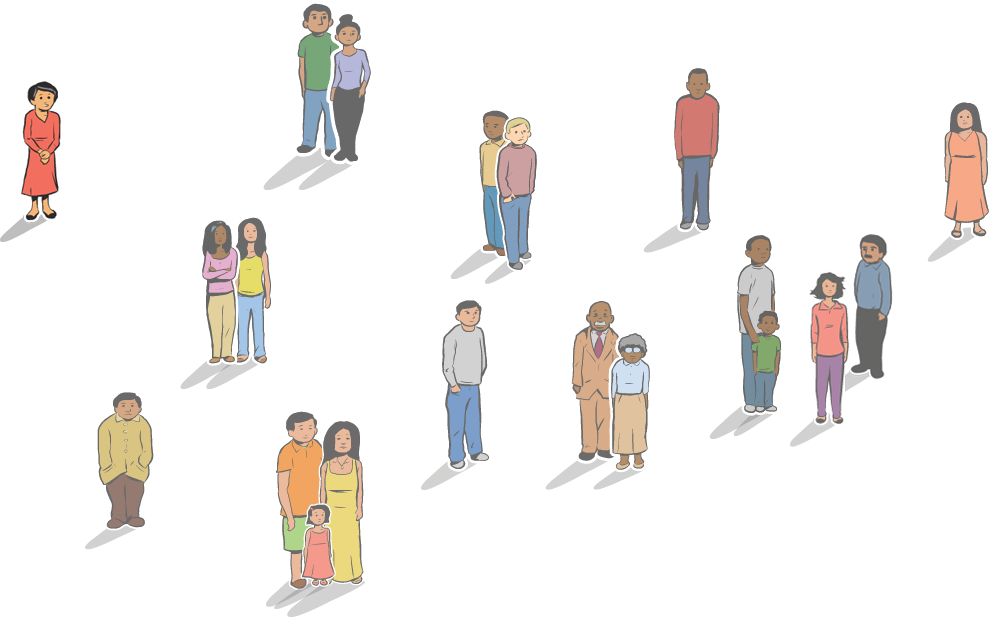

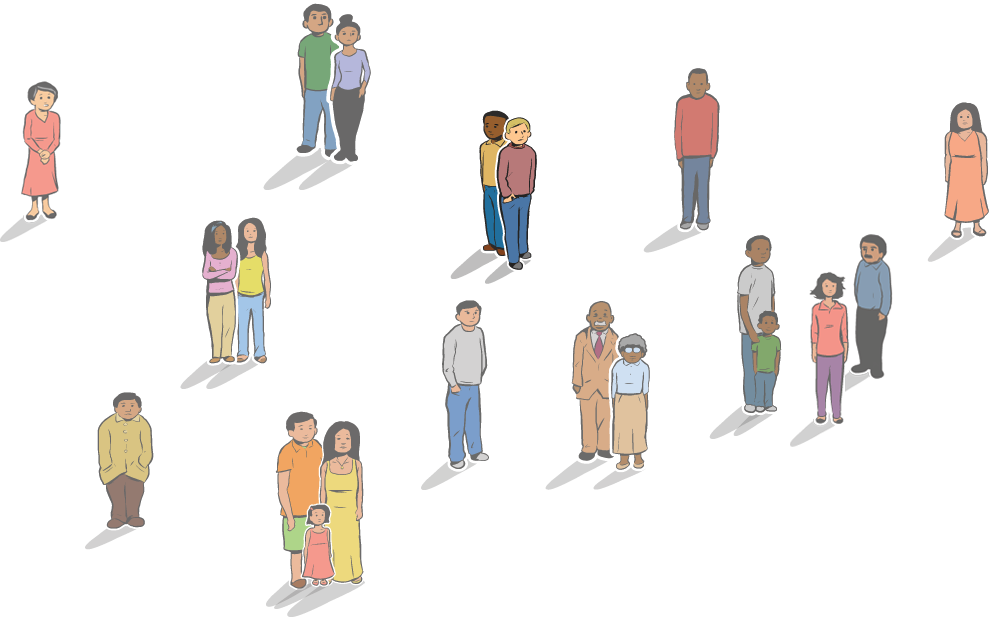
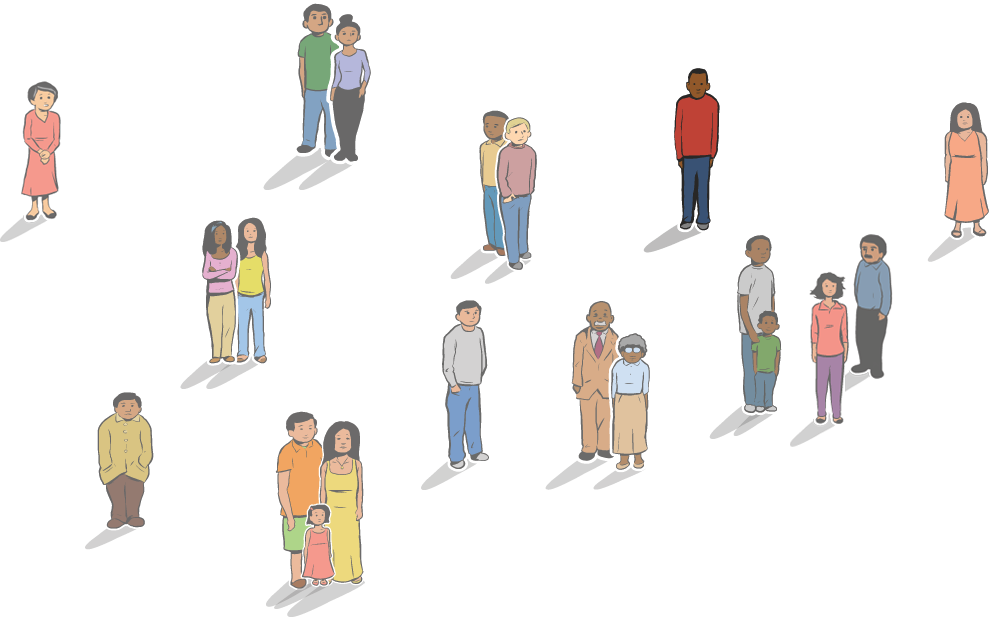

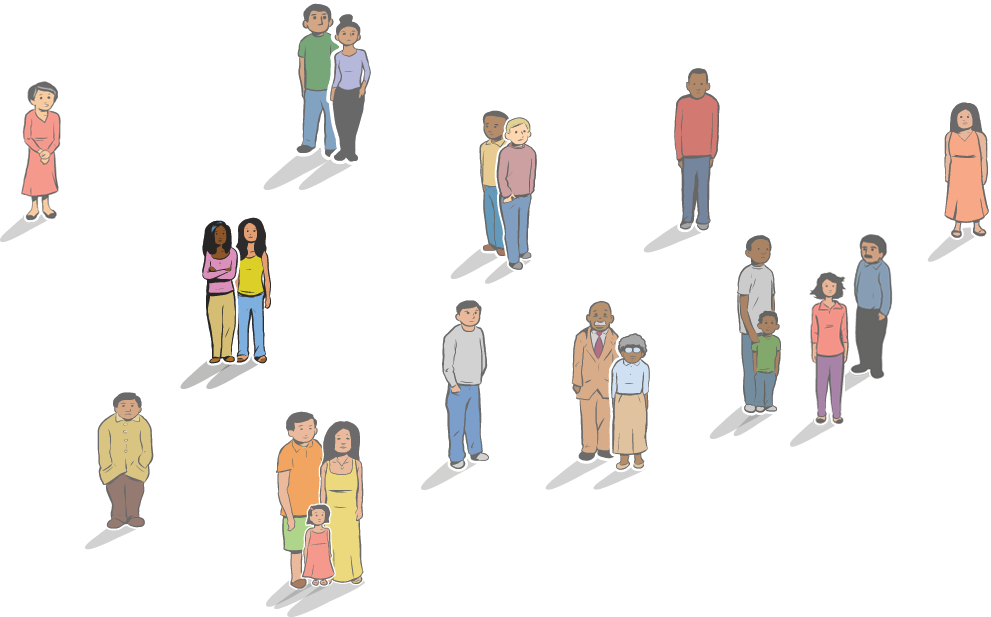
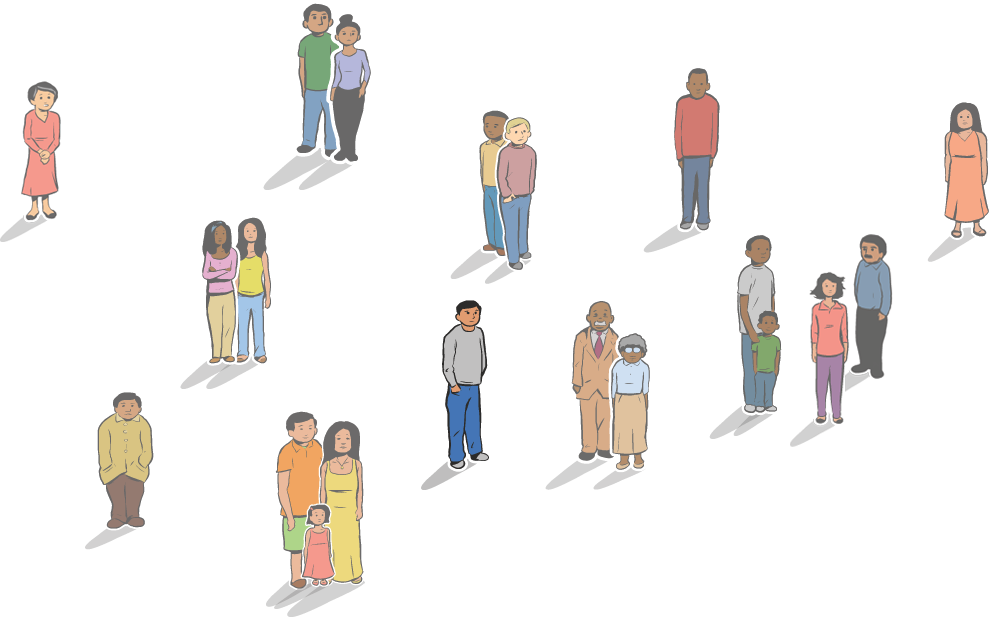
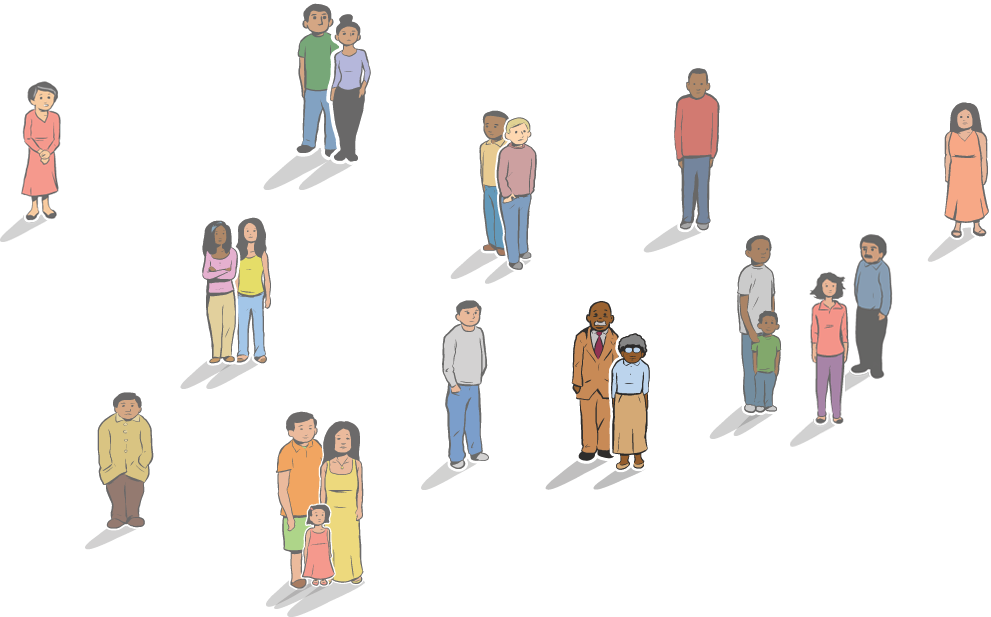
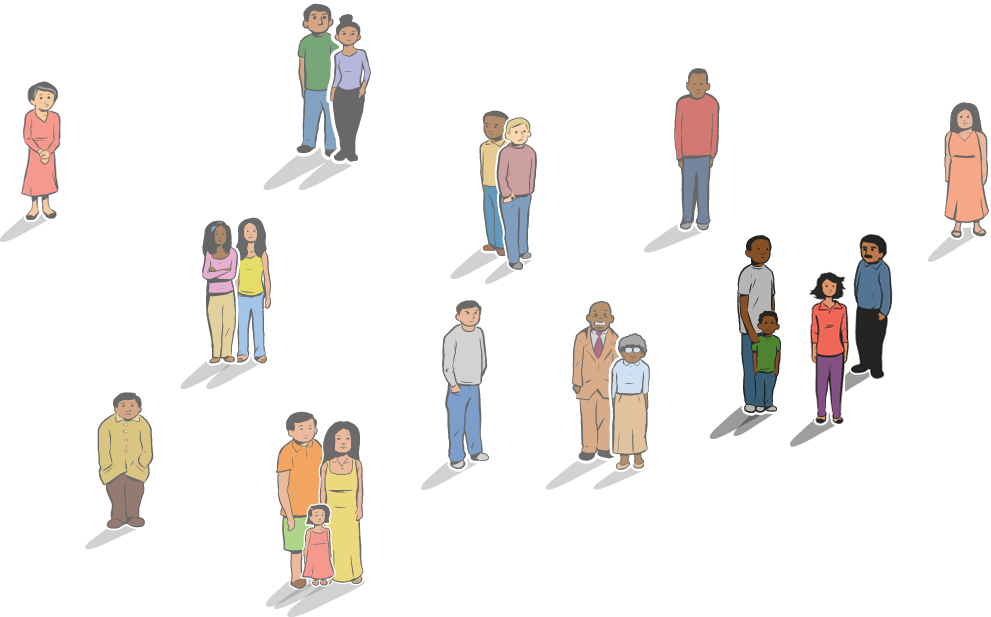
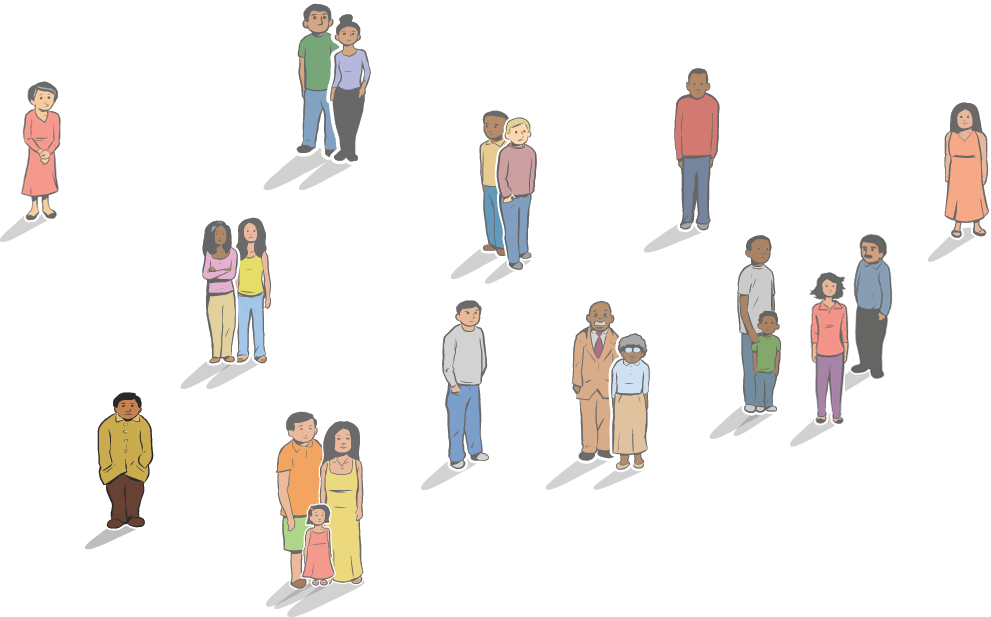
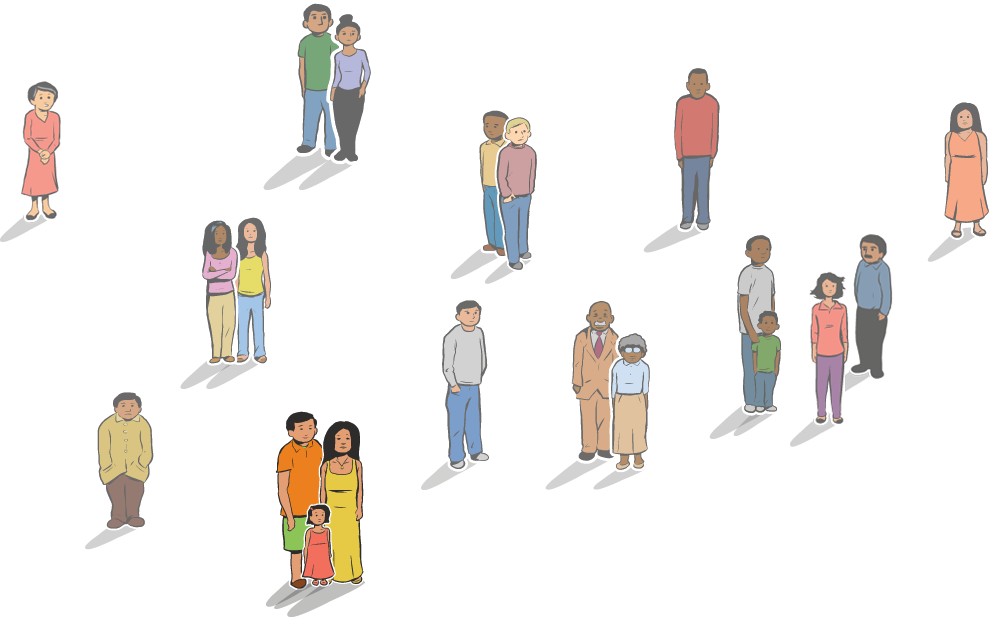
In 2010, Asian/Pacific Islander adults aged 65 years and older were 20% less likely to have ever received the pneumonia shot, compared to non-Hispanic White adults of the same age group.
Source: CDC, 2011. Healthy People 2010 Database. Table 14-29a.
Tobacco use is the leading cause of preventable illness and death in the United States. American Indian and Alaska Native adults are 1.3 times more likely to be smokers than White adults.
Source: CDC, 2010. Summary Health Statistics for U.S. Adults 2010. Table 25.
In 2009, African Americans were 30% more likely than Whites to die from heart disease1, even though African Americans and Whites are equally as likely to suffer from coronary heart disease2.
1Source: CDC, 2012. National Vital Statistics Report. Vol. 60, Num. 3, Table 17.
2Source: CDC, 2011. Summary Health Statistics for U.S. Adults: 2010. Table 2.
African American men are 10 times more likely to die from HIV/AIDS than non-Hispanic white men.
Source: CDC, 2012. HIV Surveillance Report: Diagnoses of HIV Infection and AIDS in the United States and Dependent Areas, 2010, v.22. Table 3a.
Infants born to black women are more than 2 times as likely to die than infants born to white women.
Source: CDC, 2012. Infant Mortality Statistics from the 2008 Period Linked Birth/Infant Death.
Mexican American mothers are 1.9 times more likely than non-Hispanic white mothers to begin prenatal care in the 3rd trimester, or not receive prenatal care at all.
African American mothers are 2.3 times more likely than non-Hispanic white mothers to begin prenatal care in the 3rd trimester, or not receive prenatal care at all.
Source: CDC, 2012. Health United States, 2011. Table 5
Hispanics are 1.7 times more likely than Whites to be diagnosed with diabetes.
Source: CDC, 2012. Summary Health Statistics for U.S. Adults: 2010. Table 8.
African American adults are 60% more likely to have a stroke than their white adult counterparts. Further, men are 60% more likely to die from a stroke than their white adult counterparts.
Source: CDC, 2011. Summary Health Statistics for U.S. Adults: 2010. Table 2.
The persistence of health disparities cost the health care industry an estimated $23.9 billion in 2009. This number is expected to rise if health disparities remain unchecked, as the population of African Americans and Latinos in the U.S. continues to grow.
Source: Waidmann, Timothy (2009) Estimating the Cost of Racial and Ethnic Health Disparities. The Urban Institute
Per capita, Alaska Natives die from unintentional injuries twice as often as all American Indian and Alaska Natives nationwide, and nearly three times as often as all Americans.
Source: Alaska Tribal Health Consortium. Alaska Native Injury Facts, 2010.
Native Hawaiians/Pacific Islanders (NHOPI) are 30% more likely to be diagnosed with cancer, as compared to non-Hispanic Whites.
Source: CDC, 2009. Summary Health Statistics for U.S. Adults: 2008. Table 6.
Today, Americans with diabetes, cancer, heart disease, and other conditions have been able to live longer, healthier lives than people who have had these conditions in the past. Advances from health and medical research have also widely increased our knowledge of how to prevent disease and minimize risk factors that contribute to disease. For example, we now know that eating a diet low in saturated fats and sodium can help prevent heart disease. We know that physical activity can help to prevent obesity and Type 2 diabetes.
Unfortunately, women and minorities such as African Americans, Latinos, American Indians, Asian Americans, and Pacific Islanders have been underrepresented in research. It is important that men and women of all ages, races and ethnicities participate in health research to develop new treatments, procedures, and preventive care. This way, researchers can uncover the best way to optimize health for everyone. As we know, a treatment found to be effective for a 19 year-old White college student may not be effective for a 74 year-old American Indian woman.
As more diverse groups of people take part in health research, our society will build a knowledge base that can help everyone get sick less often and live longer, healthier lives.
BY: Thomas R. Frieden, MD, MPH, Director, US Centers for Disease Control and Prevention
From the Forward of the CDC Health Disparities and Inequalities Report — United States, 2011
Important Question
How have health disparities such as cancer, heart disease, diabetes, HIV, and other diseases affected you, your family, or community?



